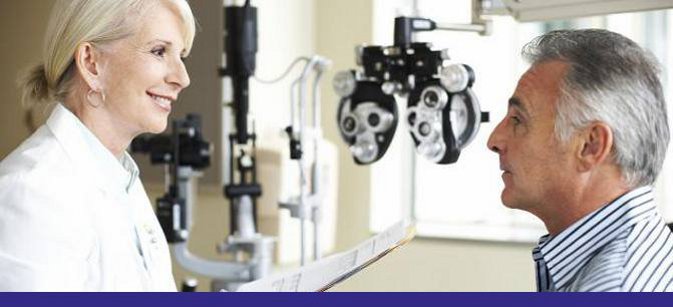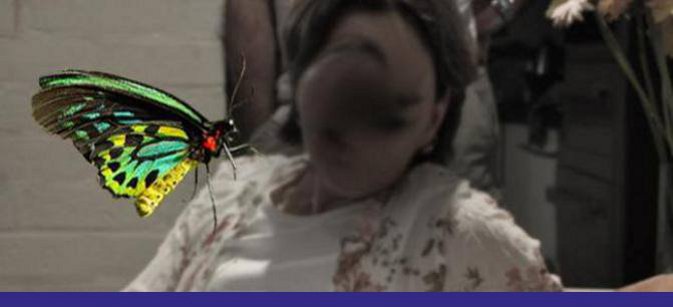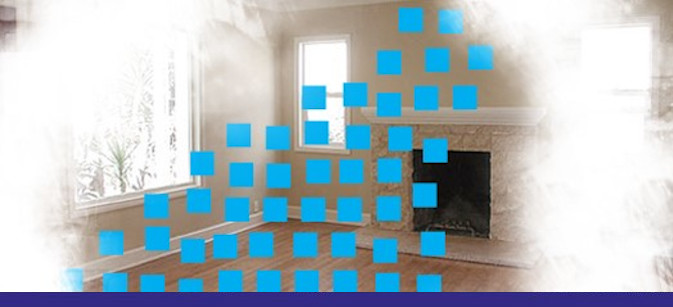The Condition
Definition
Charles Bonnet syndrome (CBS) is where a person living with some form of acquired vision loss* begins to see things that are not really there yet their mind remains sound. These phantom images typically co-exist with one's usual visual experience (see Depictions).
Or put simply:
Phantom images in vision-impaired people of sound mind.
Vision-impaired people who experience phantom images typically know that what they 'see' is not really there. Even if they are initially deceived, they quickly come to appreciate that what they 'see' cannot be real either through their own reasoning or confirmation from family or friends. Despite this, they are often amazed at the startling detail and vividness of the imagery. Common Bonnet images can include: geometric patterns, faces, figures, text, animals, flowers, buildings, a crowd of people (eg. marching soldiers in a procession) and even full landscapes.
Diagnostic criteria
Currently there is no agreed upon set of signs or symptoms for the CBS diagnosis however the core features seem to be:
- Vision loss
- Phantom images experienced
- The person understands that what one 'sees' is not, or cannot be, real (ie. no delusions)
- No noticeable issues with thinking or memory
- The phantom images are purely visual (ie. they cannot be heard, smelled, tasted or felt)
| If the above seems to apply to you or a loved one, discuss with your GP, ophthalmologist or contact the Foundation for further assistance. |
Peculiar
One of the quirkiest aspects of the condition is the actual content of the CBS images. Sometimes they can be quite peculiar: Union Jack waterfalls, a buffalo head that morphs into a large flower, figures wearing clothing from a bygone era or incredibly elaborate costumes like for a fancy dress ball. This distinctive aspect of the condition continues to baffle researchers in the field.
The Condition:
- was first noted by the natural scientist, Charles Bonnet, in 1760
- was named in Bonnet's honour by a Swiss neurologist in the 1930s
- reached the English speaking scientific community in the early 1980s
- is almost universally acknowledged as a legitimate clinical condition
- was formally recognised by the World Health Organisation (WHO) in 2019
- is remarkably common and yet continues to draw very little medical and health care interest.
*disease / damage anywhere along the visual system from the eye to the visual regions of the brain.









